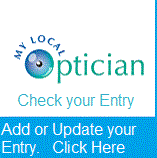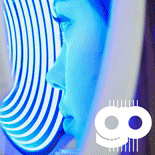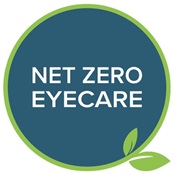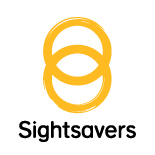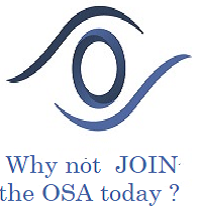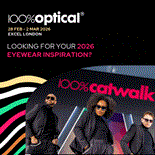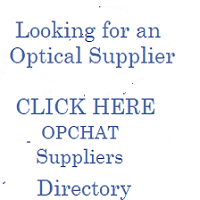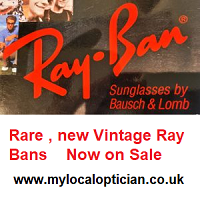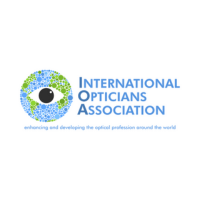Ophthalmology and OMPs
‘At risk’ corneas are more easily identified with score
 ‘At risk’ corneas are more easily identified with score
‘At risk’ corneas are more easily identified with score
Risk assessment of post-LASIK corneal ectasia in refractive surgery patients is now a more exact, objective, evaluation thanks to the work of Heidelberg Engineering and a leading research partner in Paris.
The SCORE Analyzer – Screening of Corneal Objective Risk of Ectasia – for detecting an “At Risk Cornea” in LASIK surgery has been the focus of 12 years’ work by Drs Alain Saad and Damien Gatinel at the Rothschild Foundation, Paris. Since 2018 they have been working with Heidelberg Engineering, to develop this objective pre-surgery analysis for very early-stage indicators for the ANTERION.
SCORE is based on data from more than 5,000 refractive surgery patients treated each year at the Rothschild Foundation, as refractive surgeon Alain Saad, explained, ““Until we developed SCORE the subjective evaluations had been made by individual surgeons, which might differ from day to day on the same patient. There was no scientifically based objective evaluation. For our study we needed excellent quality and repeatable image acquisition and we were very enthusiastic to work with Heidelberg Engineering and ANTERION.”
SCORE combines multiple parameters – including anterior and posterior corneal elevations, anterior axial curvature, pachymetry maps and profiles.
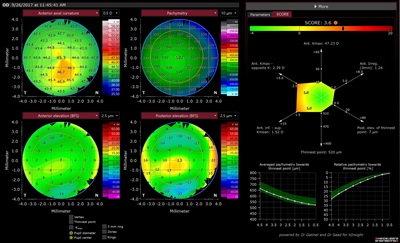
“We do not believe that a true evaluation can be achieved with just one parameter and with SCORE we have devised a measurement threshold of zero where normal, low risk corneas register. A positive score value registers a cause for suspicion. Our senior and junior colleagues have welcomed this guidance which removes ambiguity and provides a clear reference point for patients who should be assessed for alternative refractive surgery options,” added Alain.
Steven Thomson, Clinical Director of Heidelberg Engineering Anterior Segment, agreed –
“Surgeons have searched for reliable data on sub-clinical ectasia, with high sensitivity and specificity since refractive surgery commenced. The ANTERION swept source technology uses infrared illumination to create highly repeatable images of the cornea.
“With ANTERION we can capture high quality corneal images in less than a second and consider many thousands of locations in each image. Due to the excellent repeatability of the device, provided by our combination of wavelength and active eye tracking, we can be confident about measuring real change. Repeatability is vital and it has enabled this very accurate single prediction method to support surgical decision making and enhance patient safety.”
Already used in clinics throughout Europe, Asia and the Middle East, the objectivity of SCORE is appreciated for its comprehensive nature, and adoption is growing amongst refractive surgeons and those involved in the treatment and monitoring of ectasia conditions.
Steven added –
“The majority of people opting to have laser refractive surgery are under 35 and it is in this age group where those with early disease, or at risk of developing post-surgical ectasia, are likely to be identified. The earlier the disease is diagnosed the better the prognosis, as early treatment can be extremely effective. Research shows that if left untreated, 15%-20% of patients with keratoconus may require a corneal transplant.”
The Heidelberg Engineering ANTERION is appreciated for its rapid patient throughput in busy clinics, and the fact that it overcomes issues of patient comfort and eye movement artefact that are common with older technologies. The 1300nm wavelength illumination is invisible to patients, and with deep penetration and low scatter, is ideally suited to anterior segment imaging. Furthermore, the intuitive workflow facilitates a technician-driven service with no intra-operator variation.
Ref ARVO Study, June 2023
Ref German study showing prevalence of corneal ectasia being 1:200
https://www.ncbi.nlm.nih.gov/pmc/articles/PMC10264871/
https://onlinelibrary.wiley.com/doi/epdf/10.1111/j.1442-9071.2009.02009.x







